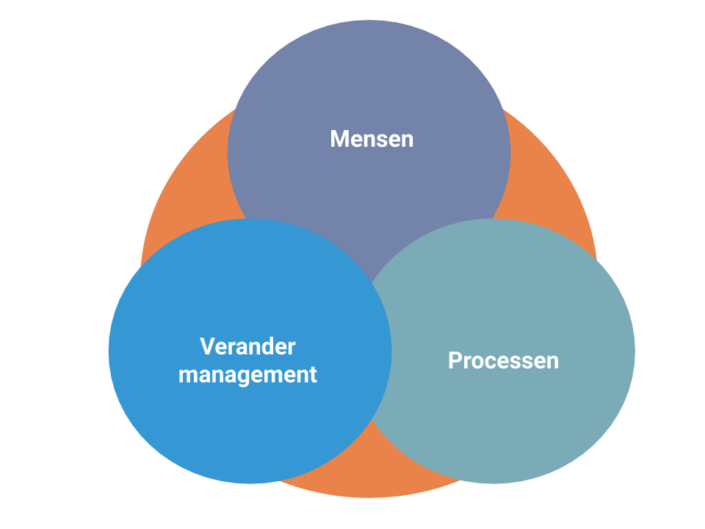3 steps to a data strategy in a data-driven culture
Technology has developed so rapidly in recent years that small or medium-sized companies in particular often feel they can hardly keep up with it. That is why you need a data strategy. A data strategy that indicates how people use data, which issues have priority and where opportunities and threats lie.

People, processes and change management
Input from people in the organisation is crucial to understanding the short and long term goals. The strategy should include at least three elements: people, processes and change management.
It also includes identifying the business case and defining roles and responsibilities. All with the aim of creating a viable plan for the future.

Data strategy in three steps

It helps to ask 'why', 'what' and 'how' questions when drawing up a data strategy. How can data help to achieve business objectives? To better understand customers and trends? To realise extra turnover, to set up smart products or services? Or perhaps to better organise internal operations.
Creating a data strategy is not a stand-alone goal; it must be driven by the overarching business strategy. Therefore, a crucial starting point for any data strategy is the company's strategic objectives. A good question to ask is: What is the company trying to achieve and how can data help with that?
Data strategy is a continuous and joint process
There are a number of important conditions for a good data strategy.
- Awareness throughout the organisation. Not a few people or departments are aware of the data strategy, but it is known to all. You do this together.
- Business is in the lead - not (only) the IT department
- Data strategy is a process. It involves analysis, execution, evaluation and implementation. And then analysing it again: an iterative process.
If you don't have a data strategy yet, it is certainly not too late to start. In our programme, we will define a data strategy together. We describe KPIs, challenges and risks. We do this with management, managers and analysts. This results in a Blueprint including a detailed planning of various activities. An example of a planner can be found below.
Want to know more about a data-driven culture? Read it here or check out our blogs.

